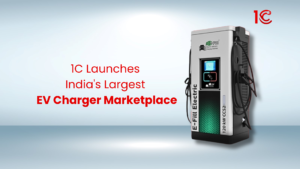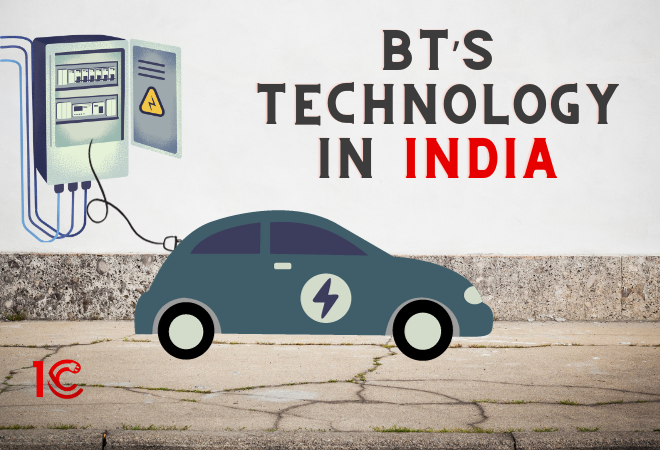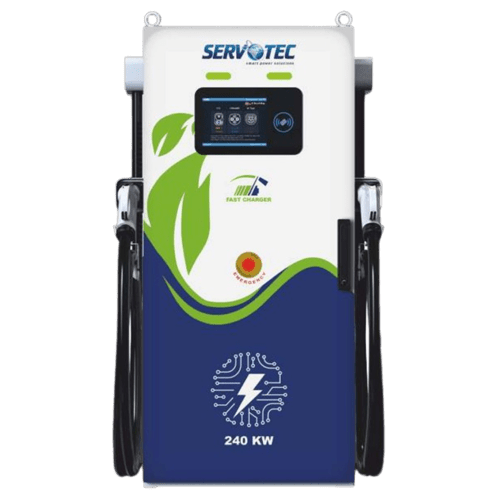
1C launches nation's largest EV charger marketplace, bringing chargers from renowned OEMs under a singlemplatform, offering convenience & options for EV owners.

UK’s biggest telecoms group, British Telecom, is converting its street cabinets into electric vehicle charging points. The move is in response to a need for road charging stations, discouraging potential EV buyers. At present, there are 53,906 EV charging points in the UK, with the government aiming to increase this to 300,000 by the 2030s. British Telecom (BT) plans to start a pilot project in East Lothian, Scotland, by retrofitting existing metal cabinets traditionally used for broadband and phone cabling. The initiative aims to make EV charging more accessible, with BT collaborating with local councils to address the issue. The company intends to retrofit up to 60,000 cabinets, contributing to the UK’s efforts to address the shortage of electric car chargers.
The success of BT’s technology in India is dependent on several factors. While the concept of converting street cabinets into EV charging points holds promise, its future viability in India depends on addressing key considerations.
While BT’s technology shows promise, its successful future in India depends on meticulous planning, collaboration with stakeholders, and addressing technical and regulatory challenges. A strategic and well-executed implementation, considering the unique context of India, could contribute significantly to the country’s electric mobility goals. Continued monitoring and adaptation based on local needs will be crucial for long-term success.
1C launches nation's largest EV charger marketplace, bringing chargers from renowned OEMs under a singlemplatform, offering convenience & options for EV owners.
Explore the surprisingly long history of electric vehicles. Start from 1830s with dawn of EVs, go through 1900s when electric cars dominated the roads, move through the 60s, when ICE rose to popularity, and cruise through the 21st century to understand the rebirth of electric vehicle in automobile industry.
Can you charge your EV to 80% in 10 minutes? Discover the truth about fast charging and how 1C helps you find verified stations. Stay informed & charge wisely!
Amidst EV evolution, the 1C app has emerged as a gamechanger, setting new standards in the market. But what makes it stand out in an increasingly crowded space?
1C EV Charging App can help EV owners in Delhi-NCR in planning road trips. It eliminates the uncertainty of long drives with EV, ensuring a smooth journey.
1C EV Charging App has taken a proactive approach to ensure that EV owners can access 100% verified charging stations whenever and wherever they need them.
Streamline your EV charging with the 1C EV Charging App: 1 app, 250+ verified chargers, real-time data, and a user-friendly experience. Download now!
Right EV charger for your vehicle is important to ensure good performance. Navigate via various types, and key factors to consider when choosing an EV charger.






© 2024 Massive Mobility Private Limited. All rights Reserved